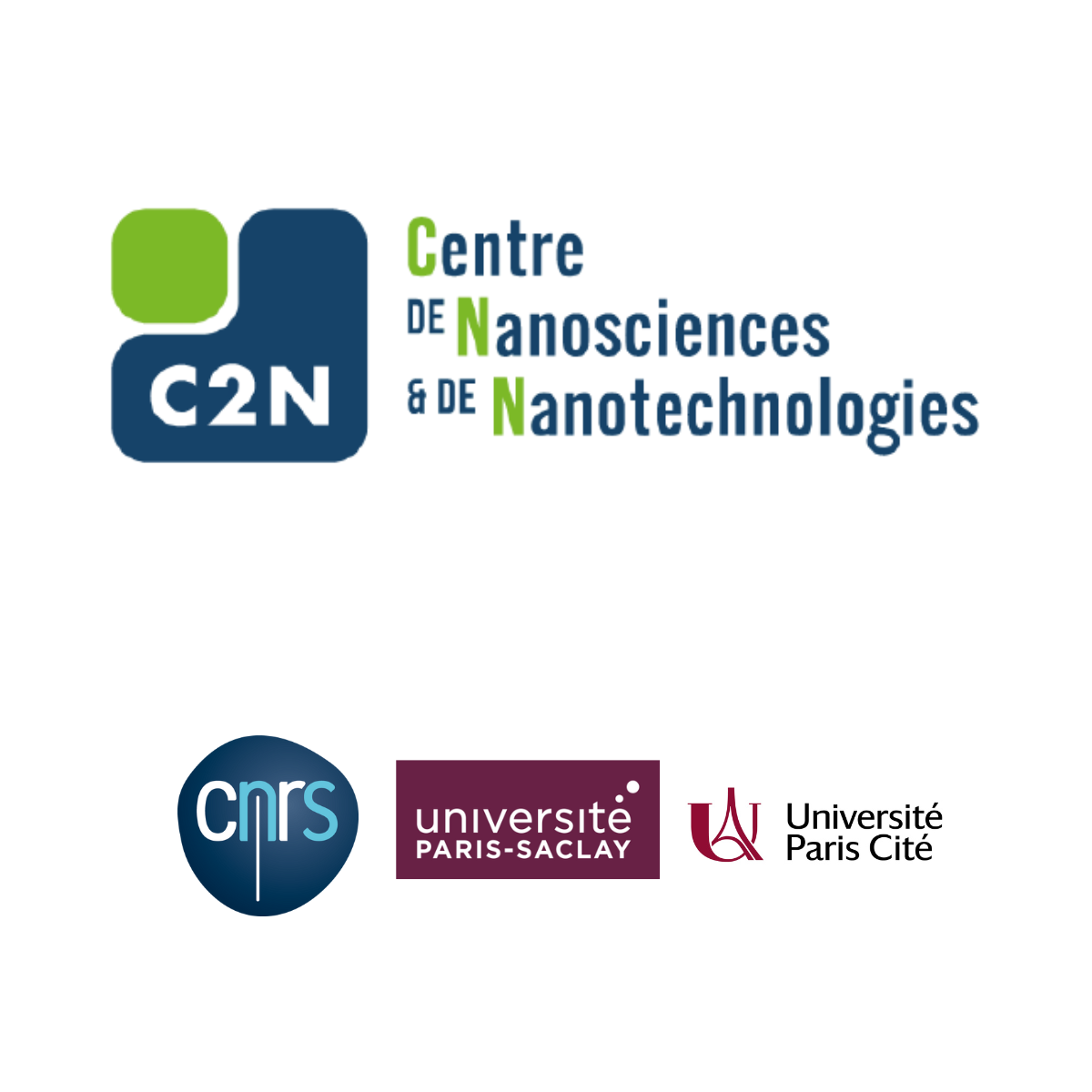
HdR defense

Nanosecond laser ultra-doping : towards an all-silicon superconducting electronics
C2N - Centre de Nanosciences et de Nanotechnologies, ,HdR defense
Nanosecond laser annealing is a powerful technique to achieve extremely high doping levels in box-like, monocrystalline, epitaxial layers, with excellent activation levels and few crystalline defects. This allows to strongly affect the semiconductor’s electronic, optical and structural properties; for instance, superconductivity develops in Si and SiGe when ultra-doped with B. We have investigated what triggers and controls superconductivity with an in-depth materials science study, addressing the evolution of the doping profile, homogeneity, and lattice deformation in relation to the nanosecond laser impulsion. As a result, we have successfully modeled the impact of the dopant concentration in increasing the critical temperature, and pointed out the key role of the strain on the superconductivity threshold. The optimization of the material has led to the development of all-silicon superconducting devices within the CMOS platform, such as superconducting coplanar waveguide resonators, SQUIDs and Josephson junctions. Being a disordered superconductor, Si displays an important kinetic inductance, strongly non-linear in power. This is an asset for sensitive microwave and optical detection, more so when combined to the long life of quasiparticles excitations. Josephson junctions benefit instead from state of the art transparent superconducting Si/semiconducting Si interfaces, and constitute a first step towards the superconducting silicon JoFET transistor.
The members of the jury :
- Jochem Baselmans (TU Delft)
- Matteo Calandra (Università di Trento)
- Thierry Klein (Institut Néel, Université Grenoble Alpes)
- Enrico Napolitani (Università di Padova)
- Hélène Bouchiat (CNRS, Université Paris Saclay)

(in french)
C2N - Centre de Nanosciences et de Nanotechnologies, , PalaiseauHdR defense